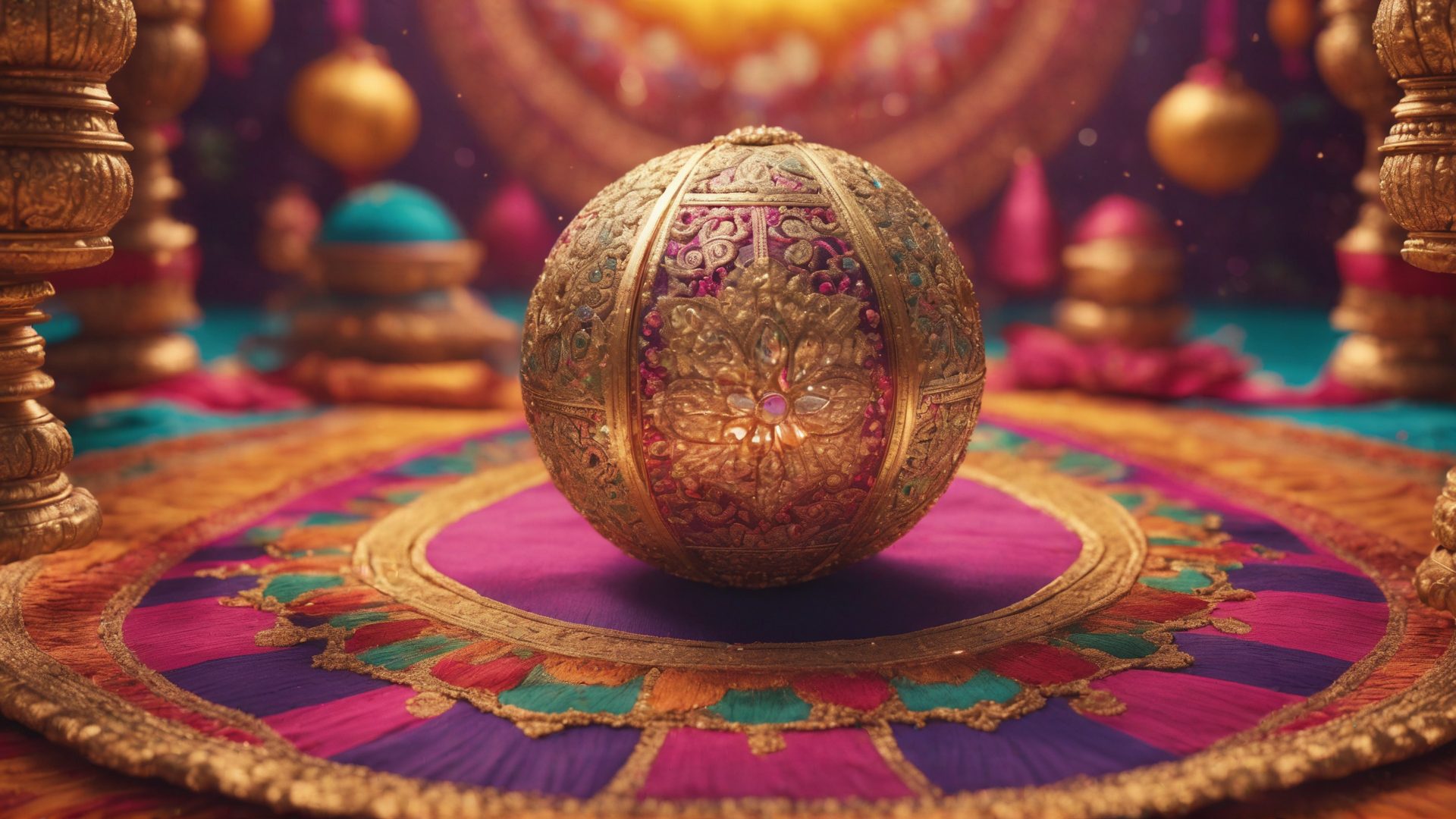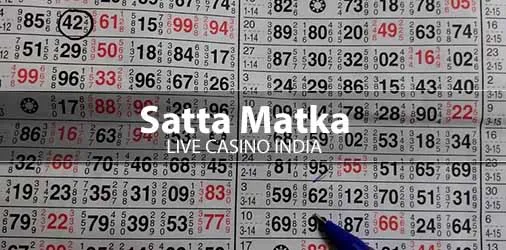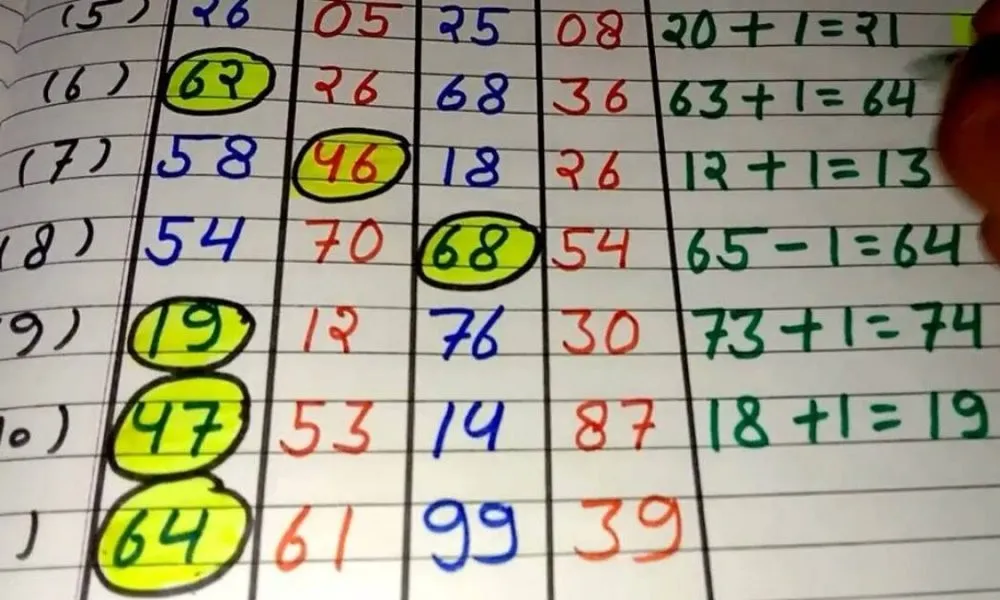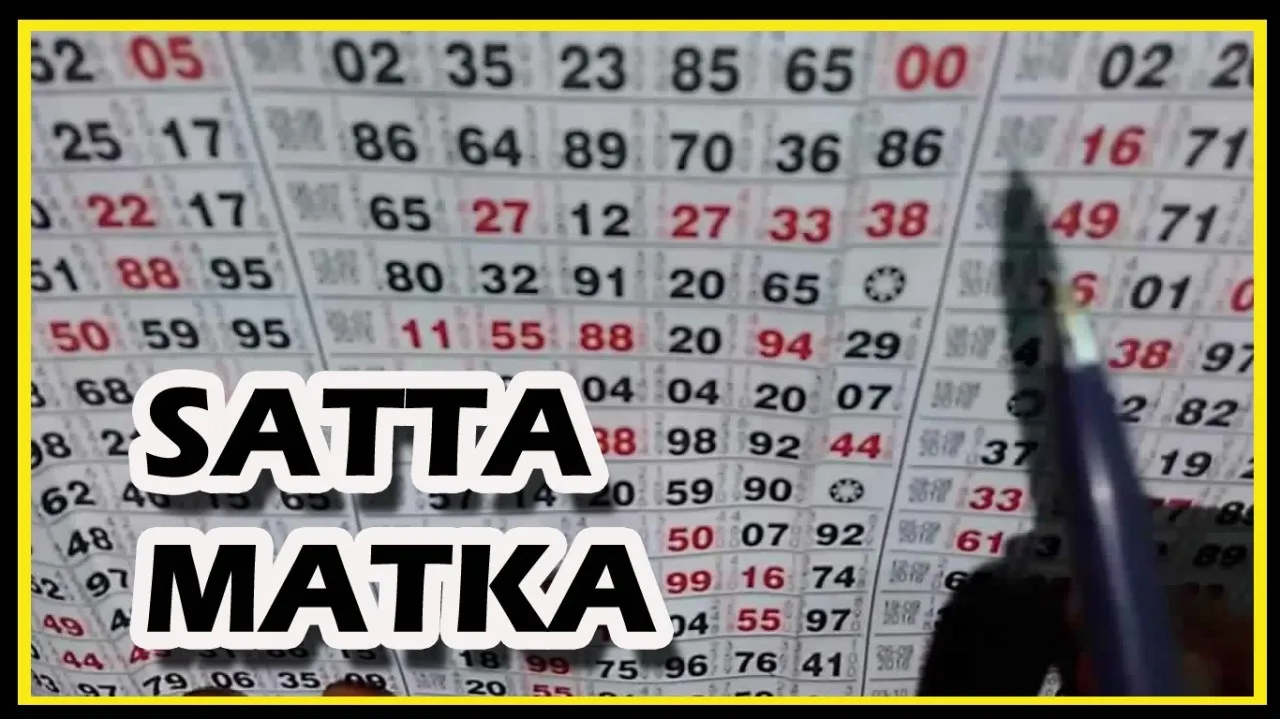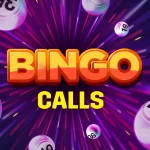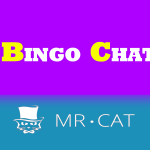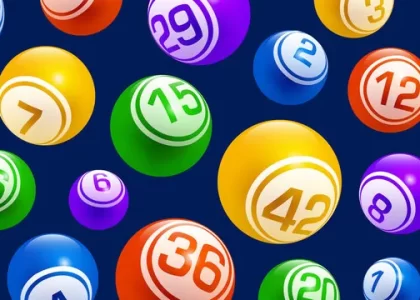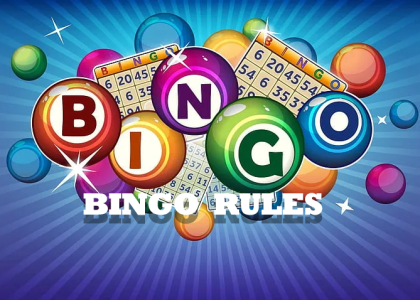Satta Matka, commonly known as “Matka,” is a popular form of gambling that originated in India. Blending elements of chance, strategy, and luck, it has drawn in thousands of participants over the years, all eager for the chance to win substantial rewards. This article explores the rich history, gameplay mechanics, cultural importance, and legal challenges surrounding Satta Matka. It also delves into the game’s digital evolution, highlighting platforms such as Satta Matka Com that have modernized this age-old tradition.
Genesis
Satta Matka traces its origins to the bustling city of Mumbai in the 1960s. It started as a simple betting game where participants wagered on the opening and closing prices of cotton traded on the Bombay Cotton Exchange. Initially linked to the New York Cotton Exchange, the game involved predicting the rates, but over time, it transformed into a more structured form of gambling. With evolving rules and a broader appeal, it grew into the Matka game known today, becoming a cornerstone of Indian gambling culture.

Mumbai
Mumbai, often referred to as the “City of Dreams,” is the financial and entertainment capital of India. A city of contrasts, it blends the glamour of Bollywood with the hustle of street markets, and is home to a rich history, diverse culture, and a booming economy. Mumbai’s fast-paced lifestyle, iconic landmarks like the Gateway of India and Marine Drive, and its role as a hub for commerce and entertainment make it a vibrant metropolis that attracts millions of people from across the country. Its streets, rich in tradition and modernity, also serve as the birthplace of Satta Matka, one of India’s most famous gambling games.

1960s
The 1960s in India was a decade of significant change and development. The country was navigating its post-independence era, dealing with socio-economic challenges while striving for modernization. This decade saw the rise of political leaders like Jawaharlal Nehru, who passed away in 1964, leading to Lal Bahadur Shastri and then Indira Gandhi taking the helm.
Economically, India was primarily agrarian but aimed for industrialization through five-year plans. The Green Revolution began, improving agricultural productivity. However, the country also faced wars, such as the Sino-Indian War (1962) and the Indo-Pakistani War (1965), which impacted the national psyche.
Culturally, the 1960s saw the golden age of Bollywood, with films gaining popularity nationwide. In the world of gambling, this was the era when Satta Matka emerged in Mumbai, starting as a simple betting game but soon evolving into a phenomenon that captivated the nation.
The 1960s was a transformative period, laying the foundation for India’s future growth and cultural shifts.
In India, traditional lotteries were not very common in the 1960s, but Satta Matka began gaining prominence. This game, which involved betting on random numbers drawn from a Matka (an earthen pot), emerged in Mumbai and became a major underground gambling activity. It originally started with betting on the opening and closing cotton prices from the New York Cotton Exchange, and later shifted to a system where numbers were randomly drawn. By the late 1960s, Satta Matka had become a full-fledged lottery-like game involving millions of rupees.
Global Context
In the U.S., legal state lotteries were rare until New Hampshire established the first modern state lottery in 1964. Prior to this, most forms of gambling, including lotteries, were illegal in many states. This was the beginning of the revival of lottery games in America, which eventually led to their widespread popularity.
Lotteries were largely banned in the UK during the early part of the 20th century, but the government occasionally held lotteries for fundraising purposes. The famous “Premium Bonds” system, which combined investment with lottery-like winnings, was introduced in 1956 and continued to gain popularity through the 1960s.
Some European countries like Spain had long-standing traditions of lotteries. The Spanish El Gordo (meaning “The Fat One”) lottery, which began in the early 1800s, was already well established by the 1960s. In other countries, lotteries were used to raise funds for public projects, but large-scale lotteries as we know them today were not as widespread.
By the late 1960s, the success of initiatives like New Hampshire’s lottery in the U.S. inspired other states and countries to consider adopting state-run lotteries as a means of generating revenue for public projects, like education and infrastructure. This shift from private or illegal gambling to government-regulated lotteries was part of a broader global trend that accelerated in the 1970s.
In other words, the 1960s saw the early stages of modern lottery games in various parts of the world, particularly through initiatives like Satta Matka in India and state-run lotteries in places like the U.S., setting the stage for the massive growth in lottery gaming in the following decades.
Betting

The gameplay of the original Satta Matka has its roots in a betting system based on the opening and closing rates of cotton traded on the New York Cotton Exchange. Here’s a step-by-step breakdown of how the game evolved and was played in its early form:
1. Early Gameplay (1960s Origin)
Initially, Satta Matka was a betting game that revolved around the rates of cotton being transmitted from the New York Cotton Exchange to the Bombay Cotton Exchange. Players would place bets on the opening and closing prices of cotton, essentially gambling on what the exact rates would be.
However, this system was unsustainable in the long term, so the game evolved into a more standardized format that we now associate with Satta Matka.
2. Transition to a Number-Based Game
Once the cotton exchange system was no longer viable, the focus shifted from betting on cotton prices to a random number drawing system. The game developed a structure with more defined rules:
- Matka (Earthen Pot): The name “Matka” came from the earthen pot used to draw numbers. Slips of paper with numbers were placed into the pot, and one number would be randomly drawn to determine the winner.
- Bidding Process:
- Players would choose a set of numbers, typically from 0 to 9.
- Bets were placed on these chosen numbers, either individually or in combinations, known as “Jodi” (pair) or “Patti” (three-digit combination).
- Opening and Closing Numbers:
- The game was divided into two phases, the opening number and the closing number, representing the two draws made in a single day.
- A three-digit number (also known as Patti) was derived by adding up the digits of the opening and closing numbers. For example, if the opening number is 123, the total would be 1 + 2 + 3 = 6. Hence, the final number for betting purposes might be 123-6.
3. Game Mechanics
- Single Number: A bet on any single digit between 0 to 9. If the player’s selected digit matched the drawn digit, they would win.
- Jodi (Pair): Players would place bets on a pair of numbers between 00 to 99. The winning pair was determined by combining the opening and closing numbers.
- Patti (Three-Digit Combination): Players could also bet on a specific three-digit number, derived from both the opening and closing draws.
- SP/DP/TP (Single Patti, Double Patti, Triple Patti): These were terms used to describe the kind of bets based on the three-digit combinations.
4. The Role of the “Matka King”
During this time, prominent figures such as Ratan Khatri and Kalyanji Bhagat emerged as influential figures, known as Matka Kings. They controlled the game by managing the draws and betting syndicates. The Matka King was responsible for conducting the random number draw each day.
5. Cultural Spread
As the game grew in popularity, it spread from Mumbai to other parts of India, especially in Gujarat and Rajasthan. The excitement and thrill of betting on numbers attracted a large number of people, making Satta Matka a major form of gambling during the 1960s and 1970s.
6. Impact of Digital Evolution
While Satta Matka started as a physical game, with bets placed in person or through intermediaries, the rise of the internet led to its transformation. Today, it can be played on online platforms with similar gameplay, but the basic structure remains the same: players bet on random number draws.
Summary of Original Gameplay:
- Betting on random numbers drawn from a pot (Matka).
- Players choose single digits, pairs (Jodi), or three-digit combinations (Patti).
- The game involved two phases: opening and closing numbers.
- Influential figures known as Matka Kings ran the game and its syndicates.
This system created the foundation for the modern Satta Matka game, which continues to thrive in both underground and online forms in India.
Strategies
Understanding Probabilities in Satta Matka
A key component of success in Satta Matka is understanding probabilities. Though the game is largely a gamble, players can analyze historical data and trends to make more informed choices. Reviewing past winning numbers, spotting patterns, and recognizing trends can help players refine their strategies, making their bets more calculated rather than entirely random.
Bankroll Management
In any form of gambling, maintaining control over finances is crucial. Players should practice effective bankroll management by setting clear limits on how much they are willing to wager. Sticking to these limits helps minimize losses and ensures that Satta Matka remains a fun pastime rather than a source of financial strain. This disciplined approach allows players to enjoy the game responsibly.
Avoiding Superstitions
Many Satta Matka players tend to rely on superstitions or personal “lucky numbers” when betting. While this can add excitement to the experience, it is essential not to let superstition replace informed decision-making. Focusing on probabilities, patterns, and the mechanics of the game can improve a player’s chances far more than relying solely on luck.
Cultural Influence
The impact of Satta Matka on Indian culture is far-reaching, shaping various aspects of society, from entertainment to local economies and even influencing the arts.
1. Bollywood Influence
Satta Matka has deeply influenced Bollywood and Indian popular culture:
- Films like Dharmatma (1975) and Rangila Ratan (1976) depicted the lives of famous Matka Kings like Ratan Khatri, showing their role in the Indian gambling world.
- Characters based on Matka Kings appeared in several Bollywood films, portraying the complex world of gambling, risk-taking, and underworld connections.
- The portrayal of Satta Matka in these films highlighted the game’s significance in shaping the lives of the people involved, giving it a sense of romanticism mixed with danger.
2. Popular Culture
The stories of Satta Matka have also seeped into Indian literature, music, and folklore:
- Many songs and poems refer to the allure of quick money through gambling, symbolizing both hope and peril.
- The risk and reward nature of the game, combined with its connections to luck and fate, have inspired metaphors in storytelling, symbolizing larger life themes of uncertainty and ambition.
3. Social Impact
The local economy in areas where Matka thrived—especially in parts of Mumbai, Gujarat, and Rajasthan—felt the influence of this game:
- Matka dens and markets emerged, becoming social hubs where people from all walks of life gathered to bet. In its peak, Matka brought together businessmen, laborers, and local vendors, transcending social classes.
- It gave rise to a network of bookmakers and bettors, creating an entire sub-economy around the game.
- While it contributed to local business, it also led to underground economies and encouraged the spread of informal, unregulated gambling.
4. Impact on Society

Satta Matka had mixed effects on society:
- For many, it became a social ritual, with friends and family gathering to place their bets, building a sense of community.
- However, the addiction to gambling also caused severe personal and financial issues for many individuals, leading to debts, broken families, and sometimes involvement in criminal activities.
5. Influence on Language
The slang and jargon of Satta Matka have become a part of everyday speech in some regions:
- Terms like Jodi (pair), Patti (three-digit combination), and Matka King became commonplace, even outside of the gambling world.
- Conversations about luck, fate, and risk-taking in Indian society often draw parallels to the game, indicating its broader cultural symbolism.
6. Fashion and Lifestyle
The Matka Kings, especially during the peak of the game, were known for their lavish lifestyles, influencing local fashion and trends:
- Figures like Ratan Khatri and Kalyanji Bhagat became icons of wealth, power, and influence, with their luxurious lifestyles and control over massive betting syndicates becoming the stuff of legend.
- The glamour and mystique surrounding the game also contributed to the rise of underground clubs and meeting spots for high-stakes players, adding an air of exclusivity.
7. Integration with Digital Culture
In recent years, as Satta Matka shifted to the digital sphere, it gained a new kind of cultural relevance:
- Online Satta Matka platforms have introduced the game to younger generations, blending traditional gambling with modern technology.
- The digital transformation has allowed the game to continue its cultural influence by connecting players across regions, keeping the spirit of risk-taking alive.
8. Representation in Arts and Media
Beyond Bollywood, Satta Matka has been featured in television shows, books, and visual arts that explore the moral and social dilemmas surrounding gambling:
- The game’s representation in the media often touches on themes of fate, morality, and the blurred lines between legality and illegality.
Online Satta Matka
Mr.Cat is an online platform designed to serve the growing community of Satta Matka enthusiasts. With the rise of digital technology, the platform offers a comprehensive set of tools and resources that cater to both novice and experienced players.

Key Features:
- Real-Time Updates:
- The platform provides live results for various Satta Matka games, ensuring that players stay updated and engaged. This feature keeps the excitement alive as players can track outcomes instantly.
- User-Friendly Interface:
- With a simple and intuitive layout, Satta Matka Com makes it easy for users to navigate through different sections. Whether you’re checking results, reading tips, or engaging in discussions, the platform is designed for a seamless experience.
- Community Interaction:
- The platform fosters a sense of community through forums and discussions, where players can share strategies, experiences, and insights. This helps create a shared space for learning and collaboration.
- Guides and Tips:
- For those looking to enhance their skills, the site offers detailed articles and guides. These resources break down the nuances of the game, helping players understand complex strategies and improve their chances of winning.
The Future of Digital Satta Matka:
The digital transformation of Satta Matka is still evolving. As technology advances, Mr.Cat is likely to adopt new features such as:
- Mobile apps for more accessible gaming on the go.
- Advanced analytics to help players make more informed decisions.
- Enhanced user experiences through personalized interfaces and real-time insights.
Regulatory Outlook:
As online gambling grows, regulatory bodies may increase oversight, leading to a more structured and safer environment for players. This could result in clearer laws governing the legality of online betting, ensuring that platforms like Mr.Cat provide responsible gambling options.
In summary, Satta Matka Com is a pivotal platform in the modern Satta Matka landscape, offering players an organized, informed, and community-driven way to enjoy the game while adapting to the digital age.
Satta Matka is a captivating blend of chance, strategy, and deep-rooted cultural significance. Its transformation from a local betting pastime to a global phenomenon highlights the shifting dynamics of gambling in the digital era. Platforms like Mr.Cat have simplified access to the game, drawing in a wider audience, but it’s important for players to stay mindful of the legal aspects and practice responsible gambling.
As with any form of wagering, the key is to enjoy the thrill while staying aware of the risks. Whether you’re a seasoned player or just starting out, understanding the complexities of Satta Matka not only enriches your experience but can also improve your potential for success.




